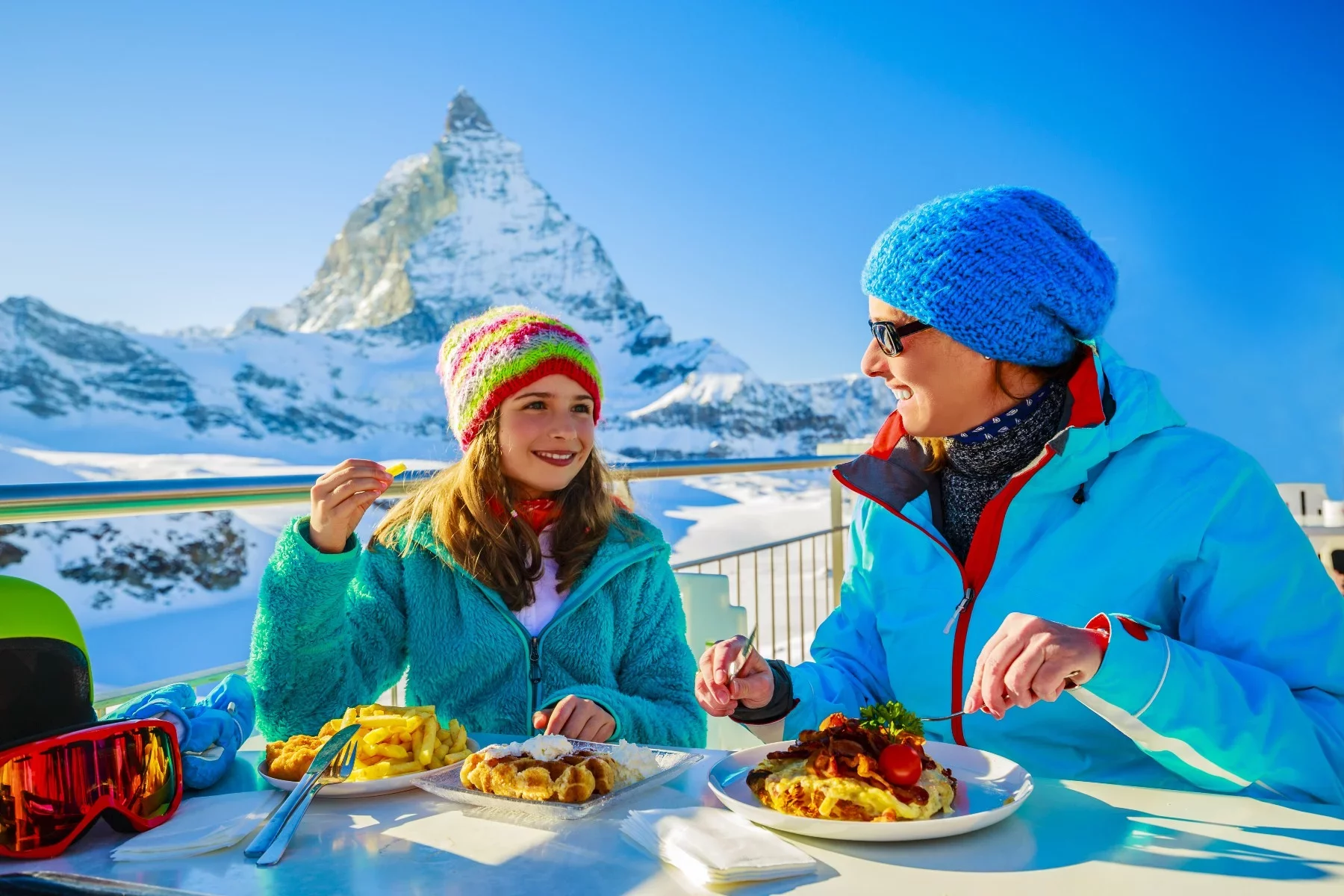mistressesanonymous.com – Switzerland, with its picturesque landscapes and robust economy, is often celebrated for its natural beauty and financial acumen. However, the country’s rich cultural tapestry is equally deserving of recognition. Swiss culture is a fascinating melting pot of traditions, shaped by its diverse linguistic, regional, and historical influences. This article explores the myriad traditions that define Swiss culture, highlighting how they contribute to the country’s unique identity.
Linguistic Diversity and Cultural Expression
Switzerland’s linguistic diversity is a cornerstone of its cultural richness. The country’s four national languages—German, French, Italian, and Romansh—each contribute to a vibrant cultural landscape. This linguistic variety is reflected in the country’s literature, media, and public life, fostering a culture that values multilingualism and multiculturalism. Each linguistic community has its own traditions, from the German-speaking regions’ love for folk music and yodeling to the French-speaking regions’ passion for culinary arts and cinema.
Traditional Festivals and Celebrations
Swiss culture is alive with a variety of traditional festivals and celebrations that bring communities together. One of the most famous is the Fasnacht carnival, celebrated in cities like Basel, Bern, and Lucerne. This colorful event, with its elaborate costumes and parades, is a testament to the country’s Germanic heritage. Meanwhile, the Italian-speaking Ticino region hosts the Lugano Festival, showcasing classical music and opera, reflecting its Mediterranean influences. The Swiss also celebrate national holidays with gusto, such as Swiss National Day on August 1st, with fireworks, parades, and bonfires across the country.
Culinary Traditions
Swiss cuisine is a delightful blend of regional specialties, reflecting the country’s geographical and cultural diversity. Cheese is a cornerstone of Swiss gastronomy, with iconic dishes like fondue and raclette enjoyed throughout the country. Each region has its own culinary traditions, from the hearty meat dishes and potato specialties of the German-speaking regions to the refined pastries and chocolates of the French-speaking areas. The Italian-speaking Ticino offers a taste of the Mediterranean with its olive oils, herbs, and seafood dishes.
Arts and Crafts
The arts and crafts in Switzerland are deeply rooted in tradition, with many regions known for their specific crafts. The woodcarving in the Alpine regions, for example, is renowned for its intricate designs and craftsmanship. Emmental is famous for its lace-making, while the Jura region is known for its watchmaking skills. These traditional crafts are not just economic activities but also a way to preserve cultural heritage and pass down skills from generation to generation.
Sports and Outdoor Activities
Sports and outdoor activities are an integral part of Swiss culture, reflecting the country’s love for nature and physical fitness. Winter sports like skiing and snowboarding are popular, with Switzerland hosting numerous international competitions. Hiking, mountain biking, and climbing are favorite pastimes in the warmer months, taking advantage of the country’s stunning landscapes. These activities are not just recreational but also a way to connect with the natural environment and promote a healthy lifestyle.
Conclusion
Swiss culture is a melting pot of traditions, shaped by its diverse linguistic, regional, and historical influences. From its linguistic diversity and traditional festivals to its culinary delights and arts and crafts, Switzerland offers a rich cultural experience. These traditions are not just relics of the past but vibrant expressions of the country’s identity, celebrated and preserved for future generations. As Switzerland continues to navigate the modern world, its cultural traditions remain a source of pride and a testament to the country’s enduring spirit.

